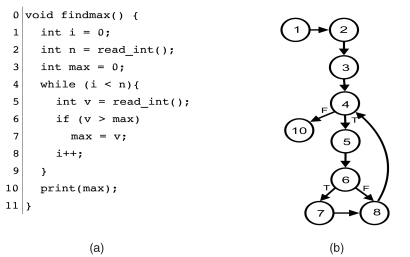As this is the last blog I will be writing for this course, I thought it would appropriate to have it be about one of the final topics that I’ve learned; static testing tools. First of all, what is static testing? It’s a form of software testing that tests the code without needing to execute it. This method of testing is useful for finding and resolving errors during the early stages of the program. This also reduces the amount of potential errors that could appear during later stages of development. There are tools which are used to accomplish this form of unit testing that I’ve had some recent experience with. I’ve learned about a few of these static testing tools, and the ones that I would like to touch upon in this blog are checkstyle and Jacoco.
Checkstyle is one of the first static testing tool that I’ve used, and so I’ll talk about it first. The purpose of this tool is to check that the code being tested follows a specific coding guideline that has been preset. The process of doing so it automatic and so it allows the tester to be able to make sure that the coding standard is properly followed while also being able to save time of checking this themselves. While this tool can improve the quality in the presentation of the code, it can’t detect any coding errors having to do with the logic of the code.
Jacoco is a static testing tool that provides code coverage. It measures line and branch coverage by running various test cases, and displays the result with a visual report that shows which lines of code have been tested and the percentage of the amount of code that executes in each method. This allows the tester to be able to determine which parts of the code need more development.
Static testing tools are great resources for unit testing and can improve the overall development of the program by checking for errors at an early stage. These tools can be used simultaneously to check for multiple issues with a program at once. Checkstyle and Jacoco can both provide information to the tester that allows them to be aware of errors at each stage of the code, which makes the process of development more clear when building the program.
Useful links:
https://www.guru99.com/testing-review.html
https://checkstyle.sourceforge.io/
https://www.blueacornici.com/blog/code-coverage-with-jacoco/
From the blog CS@Worcester – CSBlogger by mjaber54 and used with permission of the author. All other rights reserved by the author.

